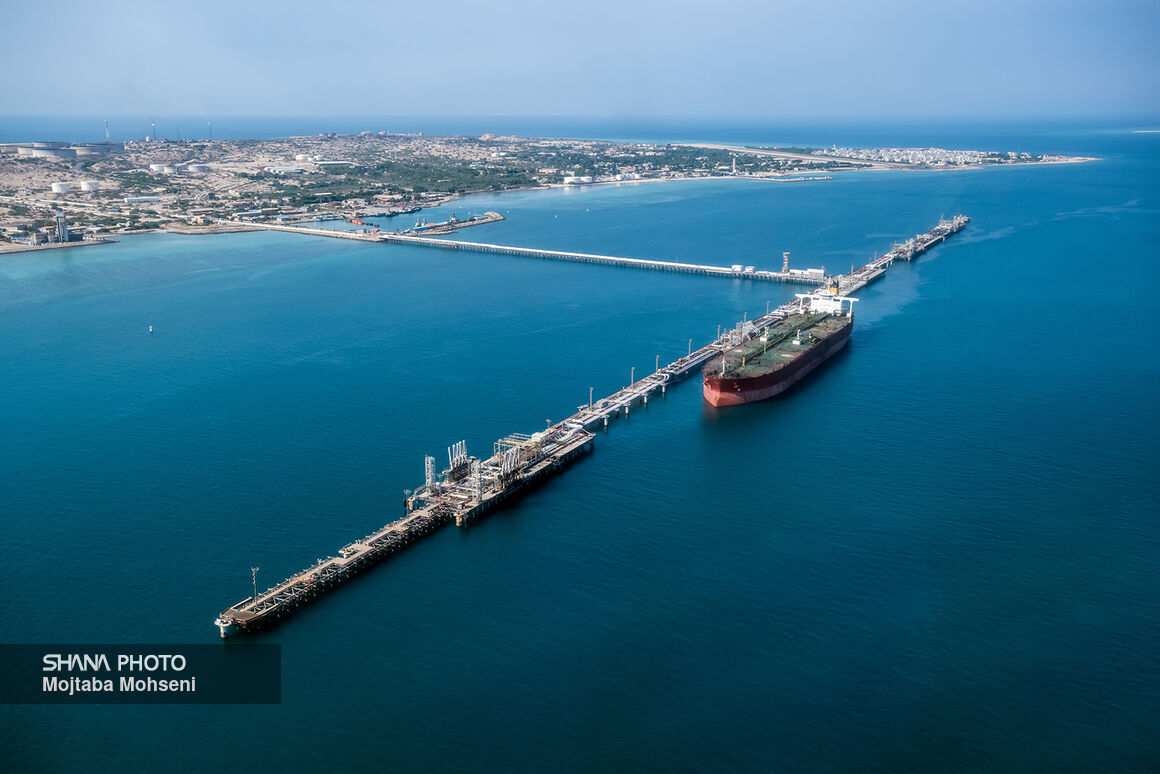The Persian Gulf is not just a body of water; it is one of the world’s most strategic regions, holding a significant portion of the planet’s energy wealth and positioning Iran as a key player in the global energy geopolitics.
Approximately 60% of the world’s oil reserves and 30% of its gas reserves are located in the Persian Gulf region, with over 30% of global oil and gas supplies coming from this area. Moreover, the Persian Gulf plays a fundamental and decisive role in Iran’s oil and gas production, processing, transportation, and exports.
Oil facilities: Infrastructure at the heart of the Persian Gulf
Along Iran’s southern coastline lies an extensive network of oil facilities, including refineries, export terminals, docks, storage tanks, and gas pressure-boosting stations. These installations, located in the provinces of Khuzestan, Bushehr, and Hormuzgan, play a crucial role in the country’s oil and gas value chain.
Kharg, Bahregan, Siri, Asaluyeh, Bandar Abbas, Lavan, and others have all become strategic hubs for energy supply, ensuring the stability of production and exports of oil and gas products. The development of this infrastructure reflects long-term investments and the technical expertise of Iranian engineers in overcoming complex geographical and sanctions-related challenges.
Kharg: Pulse of Iran’s crude oil exports
The island of Kharg, Iran’s largest and most important crude oil export terminal, holds an unparalleled role in the national economy. Over 90% of Iran’s exported crude oil is loaded here before being shipped to international markets.
Equipped with advanced storage facilities, loading docks, floating buoys, and pipelines, Kharg has maintained oil export stability even under the toughest international conditions. This island is the heart of Iran’s oil exports and a symbol of the resilience of Iran’s oil industry in the face of global challenges.
Iranian Offshore Oil Company: Rich reserves in southern waters
The Iranian Offshore Oil Company (IOOC) operates dozens of major oil fields in the Persian Gulf, including Forouzan, Soroush, Nowruz, Abouzar, Hendijan, Esfand, Doroud, Bahregansar, Salman, Arash, and Farzad. Many of these fields are shared with neighboring countries, making it strategically vital for Iran to protect its production share.
With over four decades of experience, the IOOC is responsible for exploiting and maintaining these vast resources. Operating in open waters requires high expertise, specialized equipment, and complex technical support—much of which has been achieved by domestic specialists in recent years.
South Pars: Iran’s gas engine in Persian Gulf
South Pars, the world’s largest gas field, marks a turning point in Iran’s energy development history. This shared field with Qatar is the primary source of natural gas, gas condensates, and petrochemical feedstocks for Iran.
The development of 24 phases in the Asaluyeh region has turned this area into the energy hub of the Middle East. South Pars not only supports domestic energy supply but also serves as a stable source for gas product exports, boosting Iran’s foreign currency revenues.
Persian Gulf’s role in Iran’s energy economy
The Persian Gulf is not only the center of Iran’s oil production and exports but also a catalyst for downstream industries, job creation, economic growth, and domestic and foreign investments in the energy sector. Iran’s prime geographical position in the Persian Gulf provides quick access to Asian, European, and African markets.
Persian Gulf: Pillar of national power, development
In today’s world, where energy plays a pivotal role in economy, diplomacy, and national security, the Persian Gulf is more than just a sea for Iran—it is a treasure trove of resources, capabilities, and opportunities. Protecting, developing, and preserving energy resources in this region is the top strategic priority of Iran’s oil and gas industry.
From the offshore oil fields to the Kharg terminal, from the South Pars phases to the export docks of Asaluyeh, all form part of a vast network that has turned the Persian Gulf into the beating heart of Iran’s energy and economy.


Your Comment